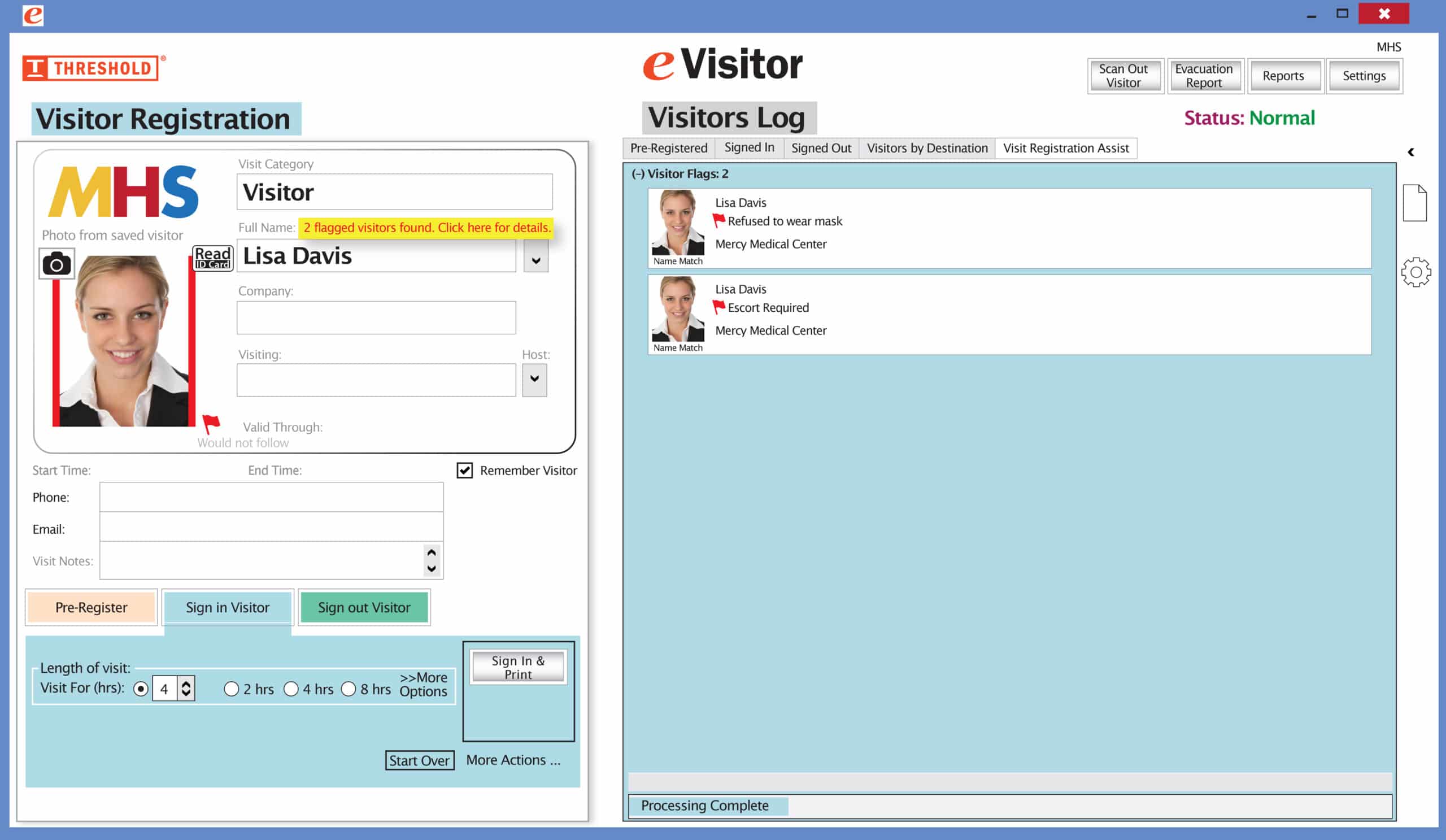Why a school should consider a Security Assessment and what to look for when you do.
There are several reasons you should consider when investing in a School Security Assessment:
1. Enhancing Safety and Security
- Be Proactive: A security assessment helps schools identify potential vulnerabilities before they can be exploited. It’s a proactive measure that strengthens the overall safety of students, staff, and visitors.
- Customize Solutions: Schools are unique environments with varying security needs. An assessment can ensure that security measures are tailored to the specific layout, culture, and risks of the particular school.
2. Compliance with Regulations
- Meeting Legal Requirements: Many schools are required by law to meet specific security standards. A security assessment helps ensure compliance with most local, state, and federal regulations.
Funding and Grants: Some security-related grants and funding opportunities require schools to conduct assessments as a prerequisite.
3. Crisis Preparedness
- Improved Response Plans: An assessment can reveal weaknesses in current emergency response plans, which allows you to correct the situation before an emergency occurs. This will make the school better prepared to handle crises such as natural disasters, intrusions, or medical emergencies.
- Training Opportunities: It can also highlight areas where staff and students need more training, ensuring that everyone knows how to act in an emergency.
4. Community Confidence
- Parental Reassurance: Parents are more likely to feel confident in the safety of their children if they know that the school has undergone a thorough security assessment.
- Staff and Student Morale: A well-secured environment fosters a sense of safety, which can improve the overall morale of both students and staff.
5. Technology and Infrastructure Evaluation
- Modernizing Security Systems: A security assessment can identify outdated or ineffective security technologies, allowing the school to upgrade to more modern, efficient solutions.
- Infrastructure Improvements: It can also reveal structural vulnerabilities that may need to be addressed, such as poorly lit areas, unsecured entrances, or inadequate fencing.
What Should a School Security Assessment Include?
1. Physical Security Review
- Perimeter Security: Assessment of fencing, gates, lighting, and other perimeter defenses.
- Entry Points: Evaluation of all entry points, including doors, windows, and emergency exits, to ensure they are secure and properly monitored.
- Surveillance Systems: Review of camera placements, coverage, and the effectiveness of surveillance systems.
2. Access Control Systems
- Visitor Management: Analysis of how visitors are managed, including the use of sign-in books, badges, and ID checks.
- Staff and Student Access: Examination of how staff and students access the building, including keycard systems, biometrics, and lockdown procedures.
3. Emergency Response Planning
- Crisis Management Plan: Evaluation of the school’s emergency response plan, including communication protocols and evacuation routes.
- Drills and Training: Assessment of the frequency and effectiveness of drills for scenarios like fires, lockdowns, or medical emergencies.
4. Cybersecurity
- Network Security: Review of the school’s cybersecurity measures, including protection against hacking, phishing, and data breaches.
- Data Protection: Ensuring that sensitive information, such as student records and personal data, is adequately protected (medical and financial data).
5. Behavioral Threat Assessment
- Identifying Risks: Procedures for identifying potential threats from students, staff, or outsiders, including behavioral monitoring and intervention strategies.
- Collaboration with Law Enforcement: Assessment of the relationship with local law enforcement and how well the school’s security plan integrates with broader community efforts.
6. Policy and Procedure Review
- Security Policies: Evaluation of existing security policies, including visitor protocols, student supervision, and emergency procedures.
- Communication Strategies: How effectively security policies and procedures are communicated to staff, students, and parents.
7. Environmental Design
- Crime Prevention Through Environmental Design (CPTED): Learn how the school’s physical environment can be optimized to reduce opportunities for crime, such as through landscaping, building layout, and traffic flow. Refer to their Guidebook.
Conducting a thorough security assessment not only enhances the safety and security of the school but also builds a strong foundation for future improvements and reinforces a culture of safety. To get started use the PASS checklist to assess your school’s current security and consult with your state’s Emergency Management and Homeland Security division (School Safety and Security).
Contact Threshold Security to discuss your visitor management needs. While just one component of overall school security, our solutions range from simple, yet smart Visitor Sign-In Books to robust, electronic Sign-In systems that can be modified to suit your school’s specific needs.


